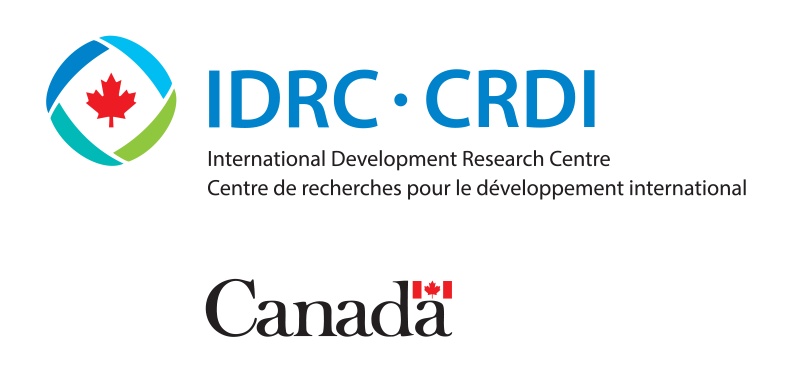Working With Countries to Move Beyond GDP and Promote Inclusive and Sustainable Development
On the sidelines of the Action Days of the Summit of the Future, this panel of distinguished national government representatives and international agencies will explore how complementary measures to GDP can help advance local and global efforts to achieve the 2030 Agenda. The event will also address what tangible steps international agencies, national governments, and civil society must do to move "beyond GDP."
Concern is growing around the use of conventional economic indicators to gauge and guide national development, notably GDP. Conventional indicators like GDP lead decision-makers to favour policies with short-term benefits over those focused on long-term sustainability. While boosting short-term output growth as measured by GDP has long been the focus of economic policy, national and global leaders increasingly recognize the need to secure well-being for both present and future generations.
The UN Secretary-General has identified “complementary measures to GDP” as a key step for accelerating the achievement of the SDGs and leaving no one behind. Furthermore, the co-facilitators of the Summit of the Future released a zero draft of the Pact for the Future that specifically calls for the development of measures of progress on sustainable development that complement GDP to measure what matters to people, the planet and the future (p.18).
With the support of the International Development Research Centre (IDRC), the International Institute for Sustainable Development’s (IISD) work shows that the development and application of comprehensive wealth indicators to complement GDP is possible using existing data. The event will especially draw on recent IISD reports measuring changes in comprehensive wealth in Ethiopia, Indonesia, and Trinidad and Tobago.
Event Agenda
Opening remarks
- Patricia Fuller, President and CEO, IISD
- Representatives from the Permanent Mission of Canada to the United Nations (TBC)
- Juliana Makonise, Winner of the Beyond GDP Essay Competition (sponsored by the Beyond Lab, UNCTAD and Rethinking Economics), Smith College
Brief presentation on Building Beyond GDP Tools in Indonesia, Ethiopia, and Trinidad and Tobago
Panel discussion
- Erin Tansey (moderator), Director, Sustainable Inclusive Economies Program, International Development Research Centre
- ‘Dapo Oyewole, Senior Special Assistant to the President on International Cooperation, Ministry of Foreign Affairs, Nigeria
- Richard Heys, Deputy Chief Economist – Productivity, Investment, and Research Division, Macroeconomics and Environmental Statistics and Analysis Directorate, Office for National Statistics, UK
- Nadine Gasman Zylbermann, President of the National Women's Institute of Mexico
- Anu Peltola, United Nations Trade and Development (UNCTAD)
- Ana B. Moreno, Technical Secretary, Global Alliance for Care
Discussion questions:
- What policies, measures, and investments could countries adopt to increase the use of beyond GDP metrics?
- What are specific capacity gaps and needs at the national and international levels to advance efforts to move beyond GDP?
- After the Summit of the Future, what are the next steps for the international community to drive efforts to move beyond GDP?
Closing remarks and next steps
Related events
Building Bridges: The State of Nature-Based Investments
Join us for a panel at the Building Bridges conference in Geneva, Switzerland, to discuss the state-of-play of nature-based investments and the potential opportunities they present.
Through Her Lens: Women leading change in sustainable agriculture and market inclusion
Despite the critical role that women play in agricultural production, they still do not have equal access to global agricultural supply chains on terms that benefit them.
A Municipal Perspective on the Value of Natural Infrastructure
This webinar will showcase examples the cost-effectiveness of natural infrastructure from a municipal perspective. Focusing on what municipalities need—what evidence and numbers they rely on, and what tools and planning processes are required to ensure that natural infrastructure is assessed alongside traditional infrastructure for cost-effectiveness.

